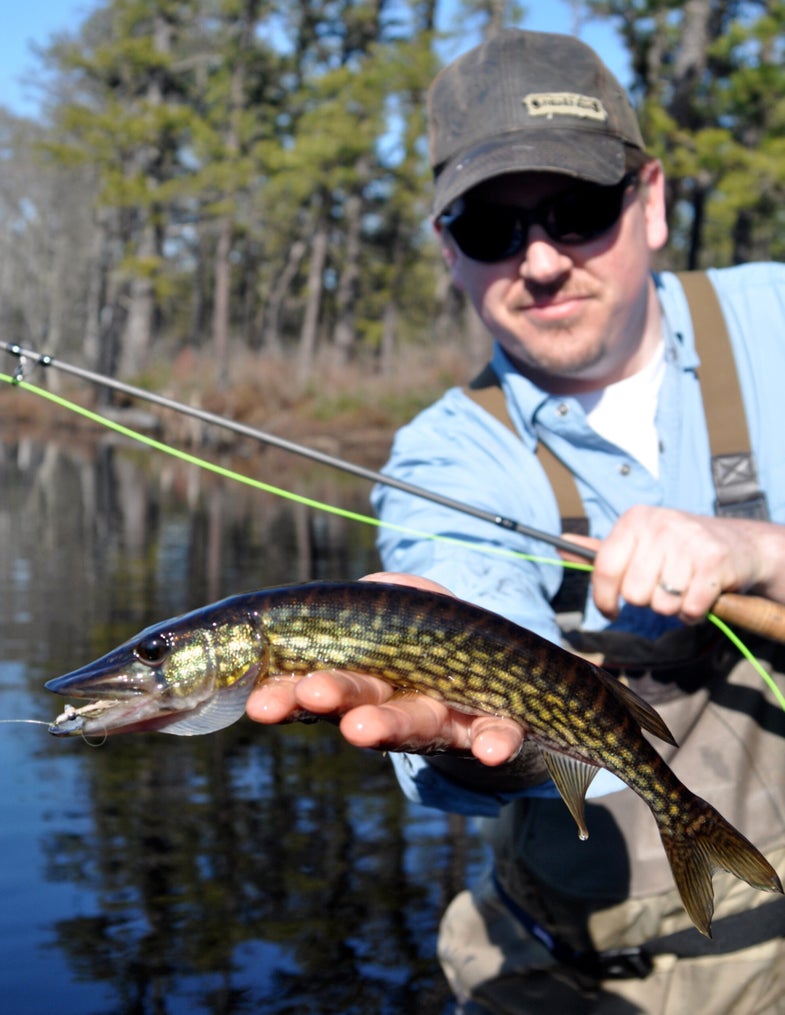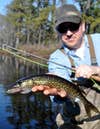Fly Fishing for Ice-Out Pickerel in the New Jersey Pine Barrens
















Just in time for Mother's Day, shop our 25 Best Mother's Day Gifts.
By Joe Cermele |
















Want More of the Great Outdoors?
Stay adventure-ready with outdoor news that keeps you informed, not spammed.
LET'S GO